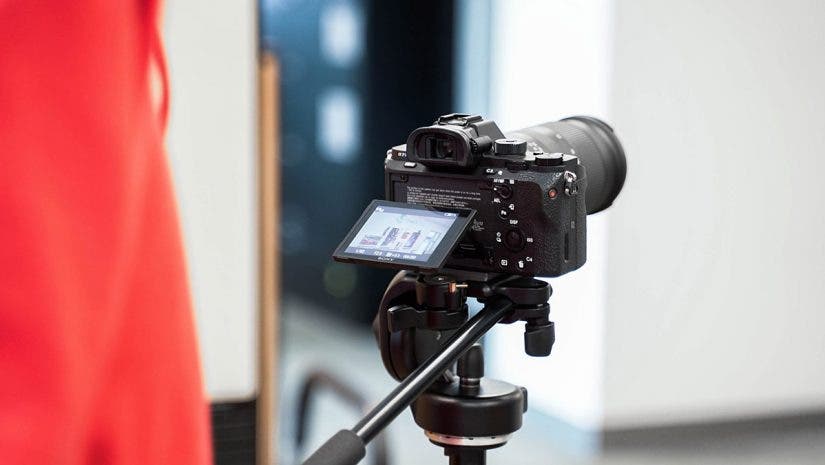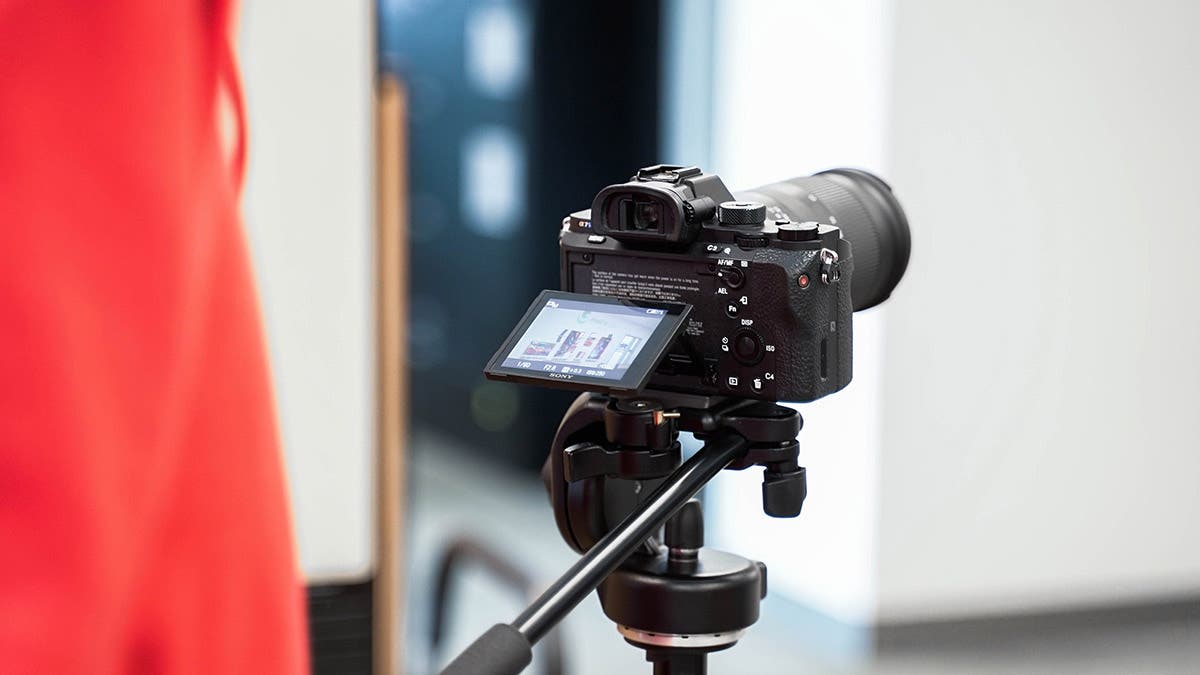While stock photography has been a revenue stream for photographers for ages — and is, therefore, a relatively saturated market — stock videography is a different story. Brands are increasingly seeking stock videos to supplement their social, TV, and digital campaigns, but there are gaping holes in the stock video market. It could be lack of contributors, or it could be a company’s hyper-specific video needs, but one thing’s for certain: There’s no better time to sell stock footage.
Of course, selling stock videos is not as easy as uploading some clips and calling it a day. Each platform requires something different, and the style of video — whether it’s commercial or editorial footage — also presents unique legal stipulations.
If you’re interested in generating passive income by selling stock videos, here are 9 of the most common stock footage questions answered.
Selling Stock Videos: Questions to Ask
1. Where should I sell my stock footage?
The Internet has dozens of platforms where creators can sell stock footage, including Getty and iStock (under the same umbrella), Shutterstock, Vimeo, VideoHive, and Pond5. While all platforms give contributors a similar upload experience, some offer better rates than others.
For example, with Shutterstock, there are different levels of contributor payouts and you can earn anywhere from 15% to 40%. Meanwhile on Pond5, contributors set their own prices exclusive video contributors receive 60% revenue share. So what’s the best platform? It depends on your goals, but two of the most popular among contributors are Pond5 and VideoHive.
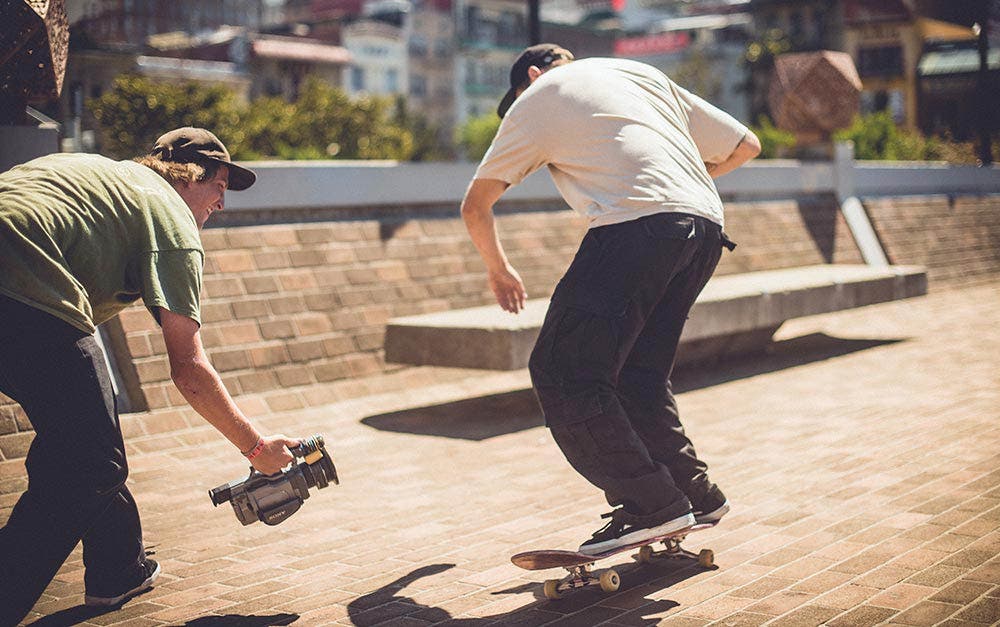
2. Can I sell my stock footage in multiple places?
In short, yes, but you have to check the contract as each agreement is different. In some cases, like selling footage or photos with Getty, exclusive stock content will earn you more money — but, at the same time, selling on multiple platforms could also generate more income. Many experts recommend selling across multiple stock agencies to cast the widest net and, therefore, reach the largest number of customers.
3. What type of stock footage sells best?
Travel, food, sports, leisure, animals, and lifestyle are the top categories for stock footage on platforms such as Shutterstock. High-quality drone footage is also growing in popularity, but given there’s still grey area surrounding the legalities, it’s recommended to obtain your commercial drone license before selling drone footage.
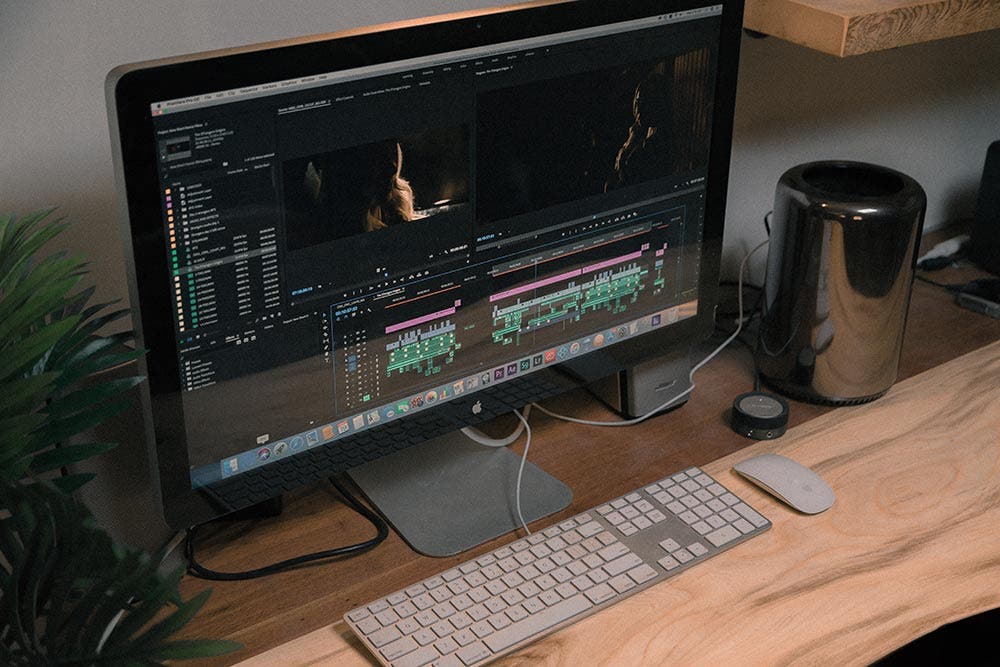
4. What’s the difference between commercial and editorial stock footage?
You can sell two types of stock footage: commercial or editorial. It’s pretty straightforward — commercial footage helps sell products while editorial footage is used by media outlets to help tell stories.
Commercial footage pays better, but it also comes with stricter stipulations; contributors need model releases and, in many cases, property releases to sell stock footage commercially. Most platforms like iStock provide contributors with the proper releases, but it requires a bit more legwork on the contributor’s side. For example, filming commercially in the U.S. National Parks or even abroad in, say, Serengeti National Park, requires additional permits and paperwork.
5. How do you shoot stock footage?
If you’re wondering how to sell stock footage, try this simple trick: Put yourself in the shoes of your dream client. What kind of footage would this brand or producer be looking for? What kind of content aligns with the aesthetic they already have? To cover all your bases, it’s best to start with a variety of shots. Get wide angles, close-ups, creative shots, and more. Use professional cinematography techniques to elevate your videos.
And, don’t just shoot anything you see. Film within your favorite niche(s) so you have a vast log of footage to keep those dream clients coming back.
Another tip: Keep recording those scenes longer than you anticipate just in case clients need more footage to work with. (Nothing’s worse than a client needing 30 seconds when you only recorded 10). Plus, make sure to eliminate product logos or branding in all footage; that includes everything from billboards to backpacks.
And, perhaps most important: Do everything in your power to ensure high-quality footage, from reducing shake to precision with focus. If you need more inspiration, head to the websites or YouTube pages of your favorite brands or producers to model your work accordingly.
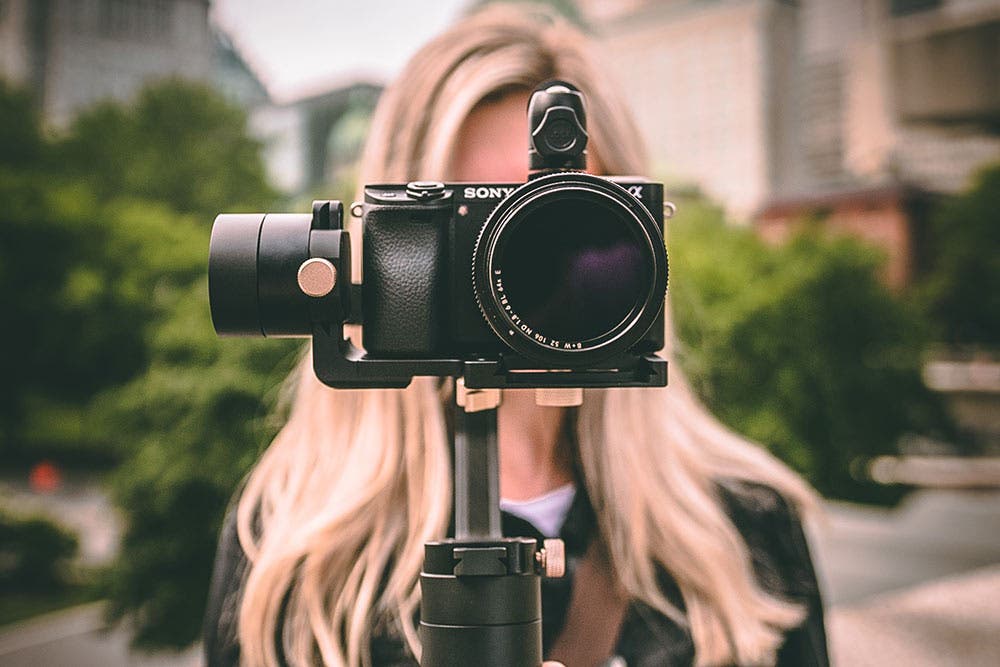
6. How long should my stock video clips be?
Stock videos typically range from 10 to 20 seconds; on iStock, the shortest clip they’ll accept is six seconds. The submitted footage should be a straight shot from start to finish (i.e., don’t edit or cut out a shaky segment in the middle of the clip).
7. Can I edit my stock footage before submitting?
Yes, you can edit or color grade your stock footage, but platforms such as Pond5 recommend only adjusting the clips to look natural. Color grading for certain styles and looks may turn away potential buyers, so the more true-to-life you can keep your colors, the better.
8. What quality should my stock videos be?
When it comes to selling stock videos, higher quality videos tend to sell better. While I still shoot some project footage in 1080p (for the 60fps slow-motion capabilities), I switch to 24p and 4K quality when I’m recording stock. It’s an easy switch that will help your stock clips sell both now and into the future.
While colors and subjects are important, one essential key to selling stock footage is making sure your clips are smooth and stable. Check out our guide to tripods and gimbals to determine the best stabilizer for your up-and-coming stock videography business.
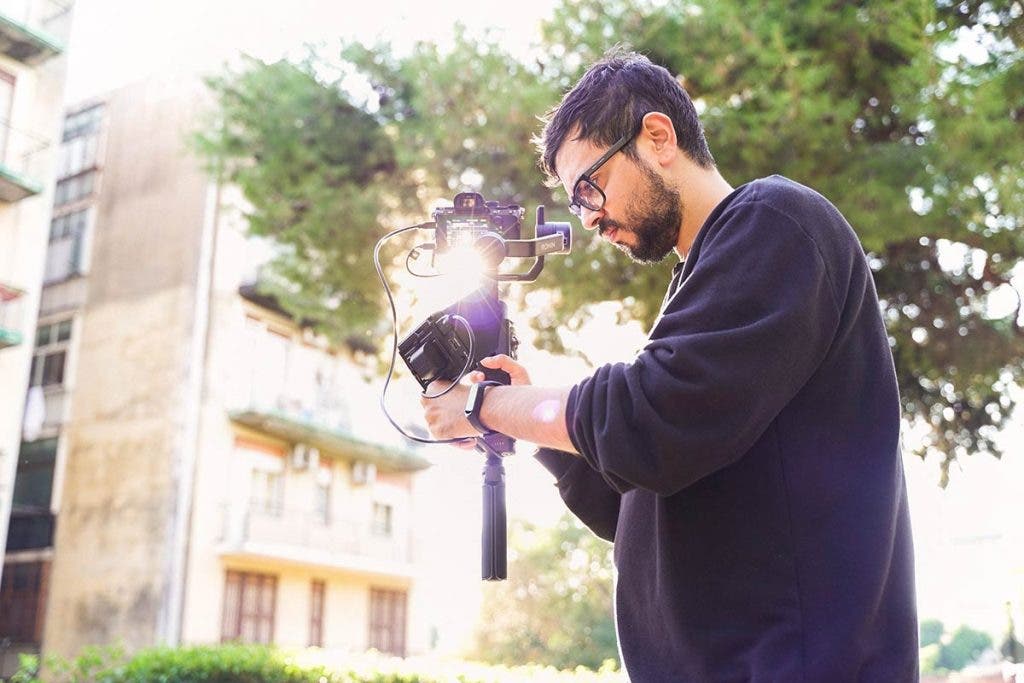
9. How do I start a stock footage business?
Launching a stock-footage business is a great way to move into a passive-revenue stream, but it does take a bit of legwork to get this new endeavor off the ground. For starters, think about not just how to sell stock footage, but where. Some options include Pond5, Shutterstock, Getty Images, or iStock; each offers their own pros and cons, so thoroughly read the submission guidelines before choosing.
Once you have your platform (or multiple stock-footage platforms) chosen, it’s time to move on to the next step: Capturing your footage. Choose your niche, location, potential models, equipment, and more. Remember that releases may be required for models and property use.
If you have a dream client in mind, or a specific niche, study the existing footage in that realm to ensure that your work lines up and stands out. It’s also important to label your footage as accurately and SEO-optimized as possible when uploading to your selling platform. This way, clients can more easily find you and your work—the key to a thriving stock-footage business!
Feature Photo by 2H Media on Unsplash
